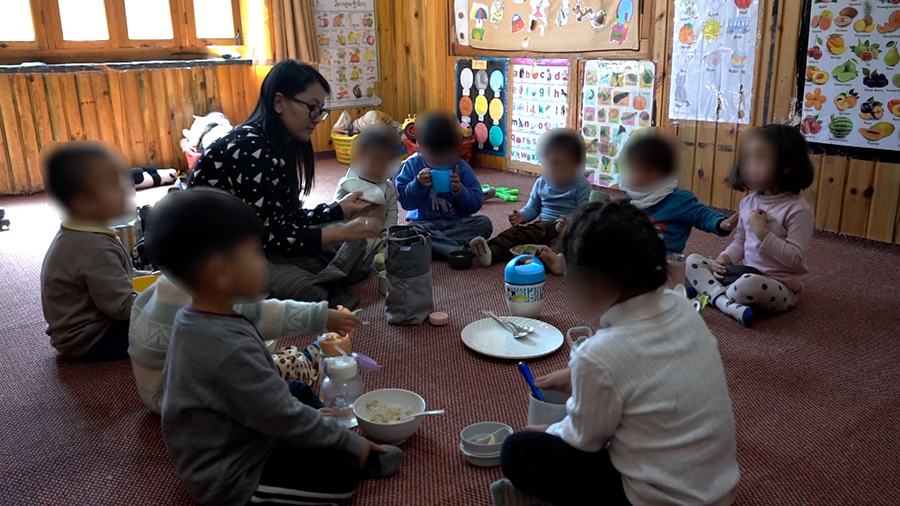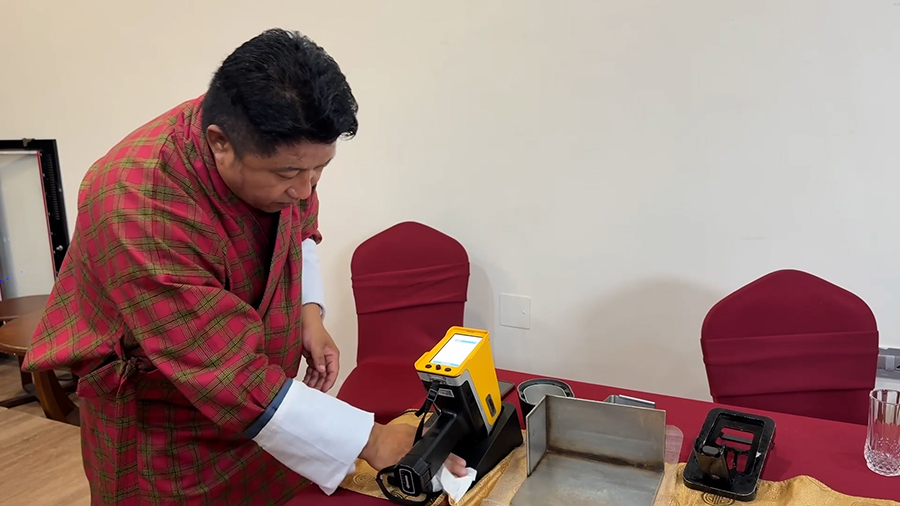 Hidden in the blood of the country’s children lies a dangerous toxin. Lead poisoning has become a public health concern. Nearly 3,000 children aged 1 to 6 were tested last year, and, about 76 per cent showed dangerously high levels of lead in their blood. The health ministry is working on a National Lead Poisoning Prevention Strategy to protect children from this unseen danger. With the urgency of the issue, the plan is expected to be ready by next month.
Hidden in the blood of the country’s children lies a dangerous toxin. Lead poisoning has become a public health concern. Nearly 3,000 children aged 1 to 6 were tested last year, and, about 76 per cent showed dangerously high levels of lead in their blood. The health ministry is working on a National Lead Poisoning Prevention Strategy to protect children from this unseen danger. With the urgency of the issue, the plan is expected to be ready by next month.
Higher levels of lead in the blood can harm a child’s brain and nervous system, slow growth and development, and cause learning or behavioural problems among others.
According to the World Health Organization, there is no safe level of lead, as even minimal amounts can impair children’s growth, learning, and development.
And this is where the strategy comes in.
 Karma Wangdi, a programme analyst of the health ministry said, “The main objectives of our developing National Lead Poisoning Prevention Strategy are, first, to strengthen institutional collaboration among relevant stakeholders. The other is to clearly define the roles and mandates of the respective agencies so that everyone knows their responsibilities related to lead prevention.”
Karma Wangdi, a programme analyst of the health ministry said, “The main objectives of our developing National Lead Poisoning Prevention Strategy are, first, to strengthen institutional collaboration among relevant stakeholders. The other is to clearly define the roles and mandates of the respective agencies so that everyone knows their responsibilities related to lead prevention.”
And that means creating a lead-free society.
“Our main vision is to build a lead-free society and a happy nation. By implementing these interventions through collaborative mechanisms and contributions from relevant agencies, we hope to achieve a lead-free Bhutan. I believe every agency understands its capacity and role in lead poisoning prevention.”
The strategy will also propose measures to build human capacity and establish financial mechanisms for preventing lead poisoning.
 Currently, Bhutan has two X-ray fluorescence (XRF) devices,each costing around 50,000 dollars,to detect lead in materials such as paint, soil, or toys. It works by shining X-rays on the surface, which causes the material to emit light that reveals whether lead is present and in what amount.
Currently, Bhutan has two X-ray fluorescence (XRF) devices,each costing around 50,000 dollars,to detect lead in materials such as paint, soil, or toys. It works by shining X-rays on the surface, which causes the material to emit light that reveals whether lead is present and in what amount.
For testing lead in the human body, the country uses the Lead Care Analyzer to measure the amount of lead in a person’s blood.
Meanwhile, the health ministry plans to carry out the National Blood Lead Level Survey every five years, as part of the National Health Survey.
Lead can be removed from the blood with medical treatment in severe cases, but the damage it causes, especially to a child’s braincan’t be undone.
The best way to fight lead poisoning is prevention. That is, by removing the source of lead exposure.
Kinzang Lhadon
Edited by Tandin Phuntsho









